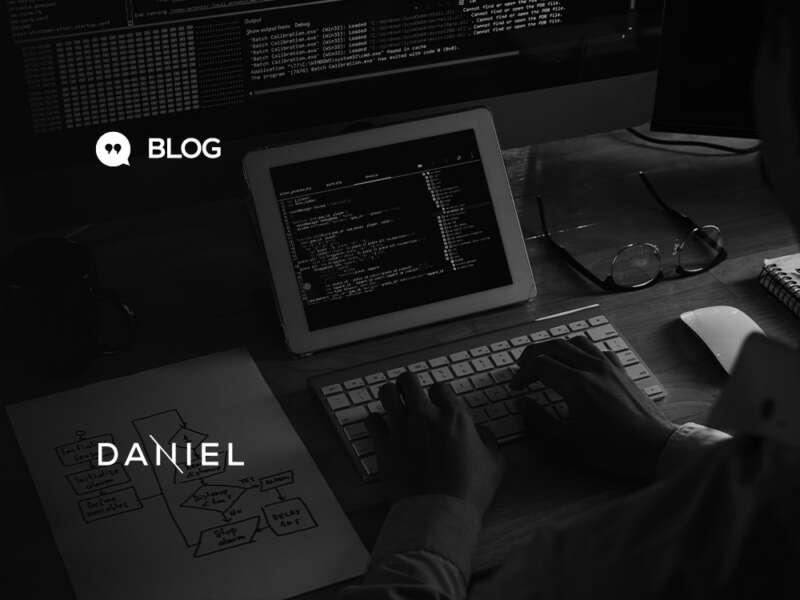Below we provide a brief overview of the respective approaches in patenting of software related inventions in the US and Europe, before providing some short information on the current practice in Brazil.
Software can have diverse characteristics and elements and there has been a longstanding debate about its classification in terms of Intellectual Property rights. Historically, it was overwhelmingly believed that software related inventions (such as computer programs, online libraries or user interfaces) should primarily be protected through copyright law.
However, these times are long gone. Today, such inventions often include functional components that provide useful solutions to everyday problems.
Software is now often the most crucial component in the creation of such solutions and while the source code is in written form, and can be the subject of copyright protection, the same does not apply to the functionality or non-literal elements of software (the results of the code).
As a result, many countries have started to adapt their laws in line with the approaches in the US and Europe, which already grant patent protection for software-based inventions in specific situations.
The US
Software patents or computer-implemented inventions are not explicitly mentioned in US patent law. However, the US law provides for a slightly broader definition of “eligible subject matter” than its European counterpart, which could in some situations include so called “software as such” (as we will see below, this concept is expressly excluded under European patent law).
The USPTO will assess “patent subject matter eligibility” of software and computer related inventions, contrasting patentable inventions from mere “abstract ideas”, which may not be patented.
It should be added that the US federal courts have significantly limited the more liberal approach over the years and the USPTO is also taking a stricter approach in its assessments (some types of software-related patents, especially related to business methods, have recently received intense scrutiny from both the courts and the USPTO). Nevertheless, most software-based inventions are still eligible for patent protection in the US.
In the present scenario, it is extremely important that applicants in the US carefully describe in their specifications how their invention “improves the functioning of a computer or improves another technology or technical field”.
The EPO
The EPO takes a different approach to its US counterpart. Under the European Patent Convention (EPC), computer programs are not seen as inventions and are therefore not patentable. However, such exclusion only applies to so-called “software as such” (or “software per se”), and many inventions that include software are indeed patentable.
A claim related to software may be patentable under the EPC if it has one or more features considered to have technical character (an inventive process). In fact, implementing a technical process on a computer that solves a technical problem – using a technical solution – is often enough to overcome an objection for excluded subject matter in the EPO.
In short, EPO applicants must carefully set out the technical solution to an existing technical problem in their specifications. Many countries in Europe and across the world follow a similar approach to the EPO in relation to software patents.
Brazil
Moving to Brazil, certain types of software may also be protected through patents.
Brazilian law also expressly forbids patenting so called “software as such” (inventions related to the source code), like the position adopted by the EPO above.
The Brazilian PTO guidelines further clarify that the term “software as such” refers to the source code and that a software related invention may be patented if defined as a technical solution that solves a technical problem and which generates technical effects.
The guidelines further provide several illustrative examples of eligible inventions (e.g., methods for encrypting data).
Read more about this topic and see further examples here.
Hence, like the position in the US and EPO explored above, we can see that many types of software inventions are indeed eligible for patent protection in Brazil.
Conclusion
Other Latin American countries also follow the trend that “software as such” is not patentable.
However, in many countries software may be protected indirectly if it has some technical features and involves an inventive process. A variation of this type of approach is taken in countries across the region (including in Colombia, Argentina, Chile, Mexico, and in the Andean Community).
Since each specific jurisdiction has its own particularities and differences, specialist knowledge and expertise in drafting of the claims is crucial to obtain patent protection for your software invention.
If you have any questions or would like more information do not hesitate to get in touch with us and schedule a call with one of our patent experts.

